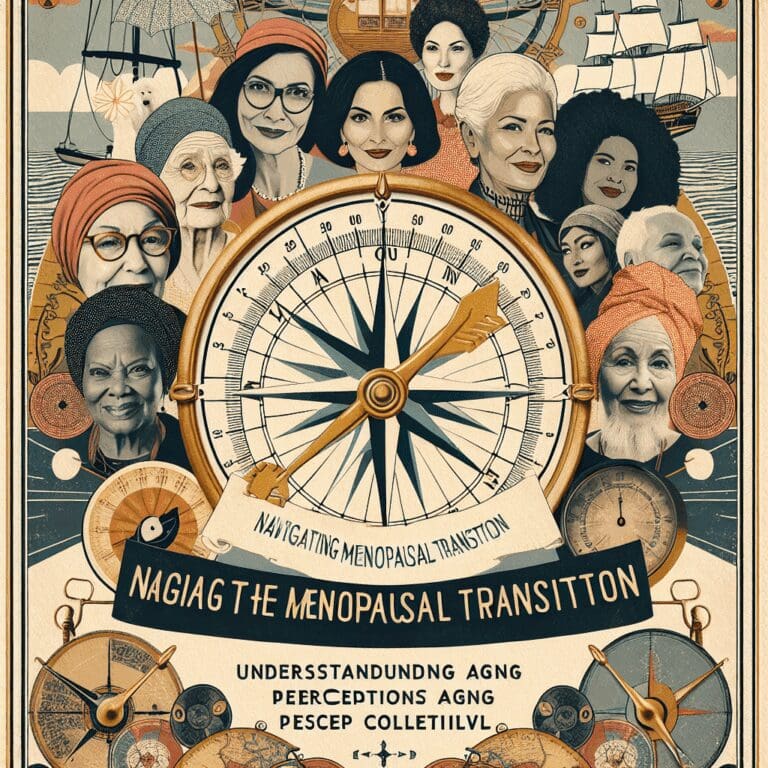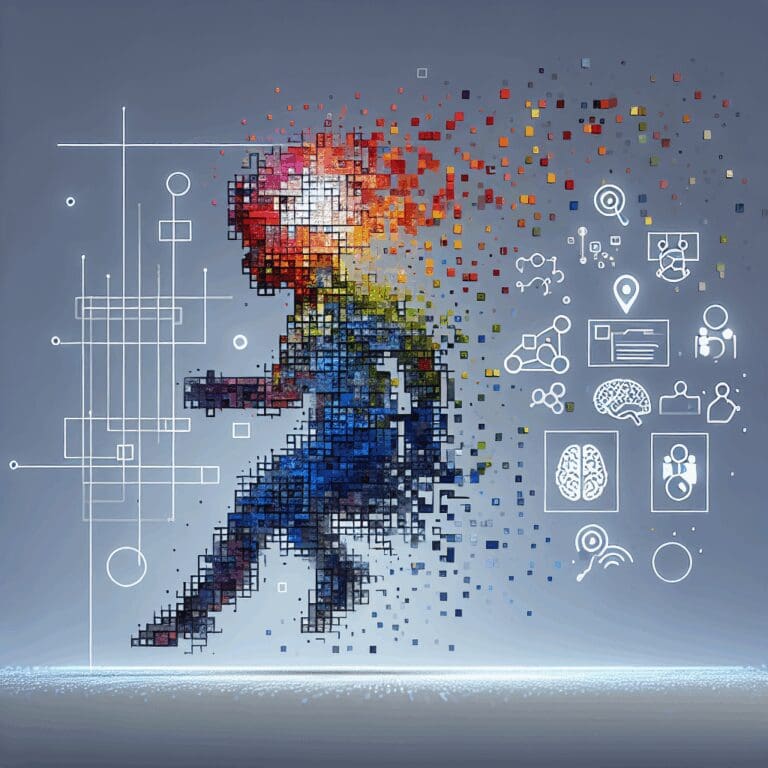Navigating Stress Relief in a Digital Age: How Meditation Apps Shape Health for the Overweight

Introduction: The Digital Path to Tranquility In today’s fast-paced world, where we constantly juggle work, personal commitments, and the pressures of a modern lifestyle, stress is an unwelcome yet familiar companion to many. Especially for adults battling overweight, this stress often accompanies a host of other health challenges. But what if technology could help in […]
Mindful Awareness in Motion: Decoding the Self-Awareness Puzzle in Parkinson’s Disease

Introduction: Venturing into the Mind’s Complexity Imagine waking up one day and realizing that your own body, which has served you faithfully for years, suddenly feels foreign and unresponsive. This unsettling experience is a reality for many individuals living with Parkinson’s Disease, a progressive neurological disorder that affects movement. Yet, an intriguing layer of complexity […]
How Your Attention to Faces Reveals More About You Than You Think

Introduction: The Eyes Have It Have you ever wondered why your eyes seem to lock onto faces at a crowded party or in bustling artwork? It turns out that this natural human tendency is more than just a quirk. Recent research delves into how our gaze fixation on faces in images may be tied to […]
Harmonizing Emotion Recognition in Children on the Autism Spectrum

Introduction: Decoding the Emotional Symphony Emotions are the vibrant hues of our daily canvas, painting our experiences and guiding our reactions. But imagine if your palette was missing a few vital colors. This is often the reality for children on the autism spectrum, who can find it challenging to decipher facial and vocal cues, leaving […]
The Eyes Have It: Understanding Eye Contact and Social Interaction in Autism

Introduction: A Window to the Social World Imagine being in a room full of people, yet feeling oddly disconnected from everyone around you. For many individuals with autism spectrum disorder (ASD), this sense of disconnection isn’t just a fleeting emotion—it can be a daily reality. One of the most profound ways this disconnect manifests is […]
Understanding Eye Contact and Social Interactions in Autism: Unraveling Neural Mysteries

Introduction: The Eyes Have It—Or Do They? Imagine this: you walk into a room filled with people, and your eyes naturally lock onto those around you, reading a story in the flicker of a glance. Eye contact is a powerful social signal, a dance of neurons and glances that guides how we connect with others. […]
Navigating the Menopausal Transition: Understanding Aging Perceptions Collectively

Introduction: Embracing Changes in the Autumn of Life Imagine standing at the precipice of a significant life transition, feeling the weight of an era closing and the anticipation of what lies ahead. For many women, menopause marks such a deeply transformative period—one that is as much about physical change as it is about shifting mental […]
Unveiling Hidden Connections: Metabolic Clues in Autism Spectrum Disorder

Introduction: A Window into the Invisible World Imagine if a simple visit to the bathroom could provide crucial insights into a child’s health and developmental potential. This might sound like science fiction, but the recent research paper, “Urine lactate concentration as a non-invasive screener for metabolic abnormalities: Findings in children with autism spectrum disorder and […]
How Future Thinking Could Transform Mental Health: Insights from Depression Research

Introduction: The Power of Predicting Tomorrow Imagine a world where your ability to think about tomorrow could change your emotions today. This is not just a whimsical idea but rather an emerging concept in psychology. Understanding how we project our minds into the future — known as future thinking — can have a profound impact, […]
Guiding Expressions: How Machine Learning Interprets the Unique Movements of Children with Disabilities

— Introduction: Understanding Movements Through Technology Imagine a world where technology can bridge communication gaps for those who cannot speak or express themselves in conventional ways. This dream is becoming a reality for children with profound intellectual and multiple disabilities through innovative approaches that utilize machine learning. The research paper, Machine learning-based classification of the […]